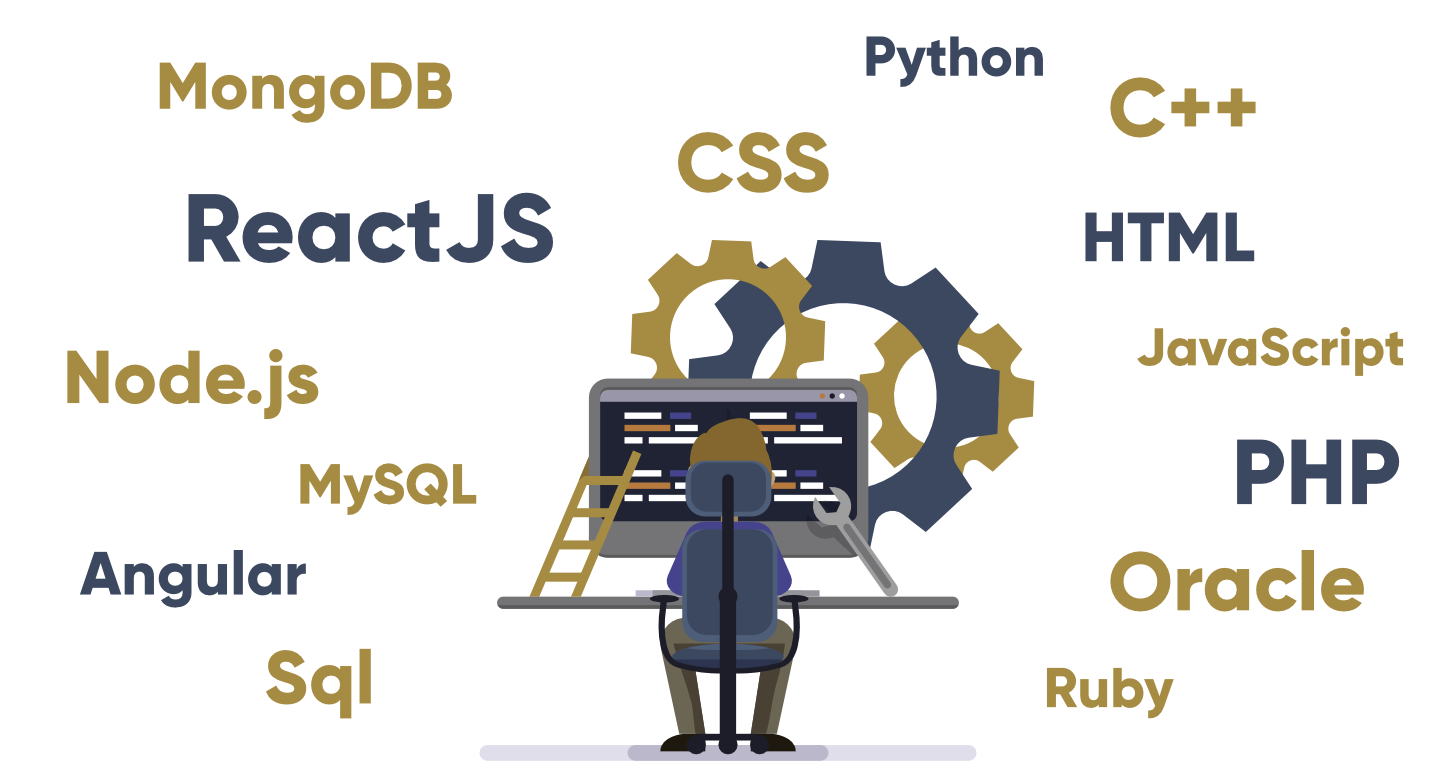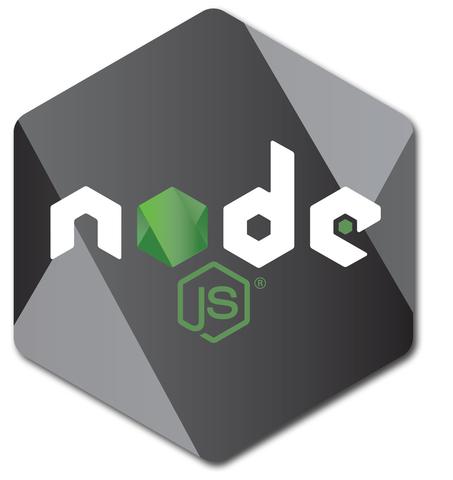What is Mongo DB
Build Your Next Project on Mongodb Atlas,
the Cloud-Native Document Database as a Service.
The Easiest Way to Deploy, Operate, and Scale MongoDB
in the Cloud in Just a Few Clicks. Supporting AWS.
Types: Content Management, Single View, Mobile, Gaming.
Mongo DB Features
Ad-hoc queries for optimized, real-time
analytics. ...
Indexing appropriately for better query
executions. ...
Replication for better data availability
and stability. ...
Sharding. ...
Load balancing.
Mongo DB Dis-Advantages
Cons: Data size in MongoDB is typically
higher due to e.g. each document has field names
stored it. less flexibity with querying (e.g. no JOINs)
no support for transactions - certain atomic
operations are supported, at a single document level.
Mongo DB Sample Query
{_id: ObjectId("5effaa5662679b5af2c58829"),
email: “email@example.com”,
name: {given: “Jesse”, family: “Xiao”},
age: 31,
addresses: [{label: “home”,
street: “101 Elm Street”,
city: “Springfield”,
state: “CA”,
zip: “90000”,
country: “US”},
{label: “mom”,
street: “555 Main Street”,
city: “Jonestown”,
province: “Ontario”,
country: “CA”}]
}
Mongo DB Sample Out Put
> db.user.getIndexes()
[
{
"v" : 2,
"key" : {
"_id" : 1
},
"name" : "_id_",
"ns" : "my_database.user"
},
{
"v" : 2,
"key" : {
"name.given" : 1
},
"name" : "name.given_1",
"ns" : "my_database.user"
}
]
Back To Top




